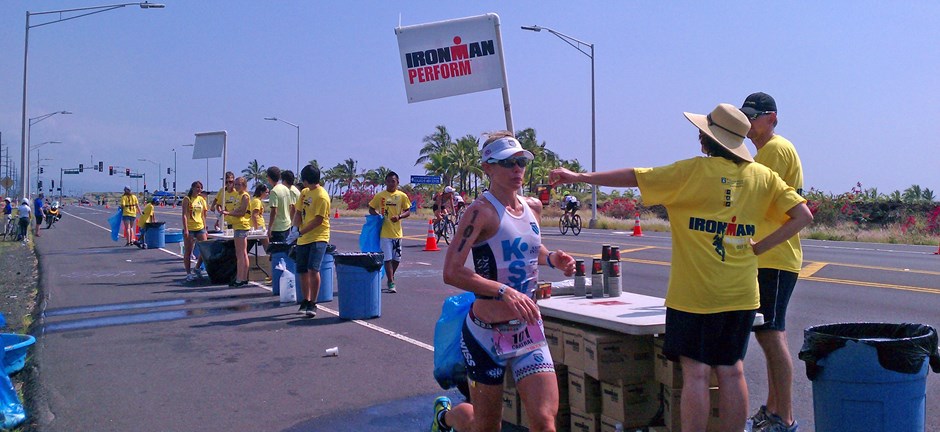Drink Up!!! By Katherine Shone, Advanced Sports Dietitian

|
Despite what Rexona would have us believe, sweating is a normal and useful bodily function. Just like a radiator is vital for preventing your car from overheating, the process of sweating is vital for maintaining a core body temperature within normal ranges. When water losses are not adequately matched with fluid intake, dehydration occurs. Other than making us feel thirsty, dehydration leads to fatigue, increased perceived exertion, increased heart rate, stomach upset and impaired mental functioning. Fluid deficits as little as 2% of initial body weight (ie. 1.5kg for a 75kg athlete) have been linked to significant reductions in sporting performance. Avoiding Dehydration When water losses are not adequately matched with fluid intake, dehydration occurs. No matter how hard you try, you can not train your body to handle dehydration. The best way to avoid dehydration is to commence the session properly hydrated, then match fluid losses with adequate fluid intake. Everyone’s sweat rate is different, so determining your individual sweat rate will give the best estimate of how much you need to drink. See below for tips on determining your individual sweat rate. Remember sweat rates will vary according to temperature, humidity and intensity of the exercise, so it’s a good idea to carry out sweat rate testing under a variety of conditions. Fluid intake during exercise is best tolerated when small amounts are taken at regular intervals. So remember small sips REGULARLY! Drinking volumes in excess of your sweat rate can be lead to stomach upsets and interfere with your performance. It is both unnecessary and potentially dangerous. So work out your sweat rate and stick to it!
Basic Sweat Rate Testing: 1. Weigh yourself before training (Initial Weight) 2. Weigh yourself after training (Final Weight) 3. Record how much fluid you drink during the session 4. Subtract Final Weight from Initial Weight. 5. The difference plus the volume of fluid consumed gives you your sweat rate for that period of time. 6. Divide this by the total time (hours) to determine hourly sweat rate.
Sweat Rate(L/hr) = [Initial Weight (kg)- Final Weight(kg)] + Fluid (L) Time (hrs) Rehydration After training, replacing water plus electrolyte losses is crucial for optimal recovery. You continue to loose fluid through sweat and urine even after finishing your session, so aim to replace losses by 150%. In practice, this means if you weigh 1kg less after your session, you should drink 1.5L over the next 2-6 hours (1kg loss indicates 1L fluid deficit).
So What Should You Drink? • When exercising at a low intensity or for a short duration (<60min) plain water • When exercising at a high intensity or an extended amount of time (>60minutes) sports drinks might be useful
Benefits of Sports drinks • Convenient source of both fluid and carbohydrate (energy) • Contain electrolytes like sodium that are lost in sweat • Sodium enhances the flavour of the drink and stimulates your thirst mechanism leading to increased consumption of fluid • The presence of sodium also helps the movement of carbohydrate and fluid from the stomach into your cells where it is needed • The presence of sodium reduces the volume of urine output post exercise
Final thought.... We dedicate hours to refining our swimming stroke, spend a fortune on new bikes and churn through countless pairs of runners to shave seconds off our times. So why leave nutrition until race day? Everyone knows practice makes perfect, so getting the right advice EARLY so you have time to practice, refine and perfect your nutrition strategy only seems so logical...doesn’t it? |
|
Katherine Shone is an Advanced Dietitian. She consults with athletes at South Yarra Spine and Sports Medicine Centre and Olympic Park Sports Medicine Centre. We have more information about Katherine on our partners page - Click Here for details |
|
|